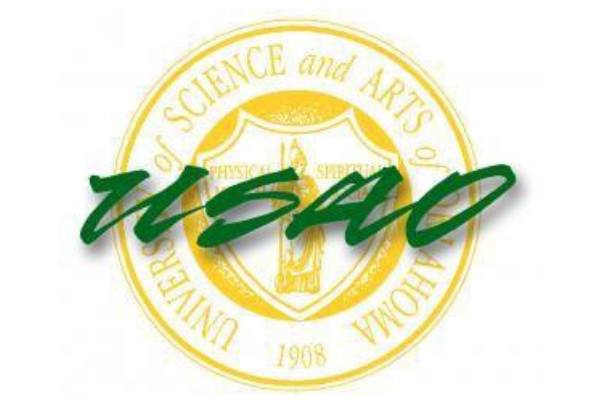CHICKASHA – The University of Science and Arts of Oklahoma has undergone many physical and cultural transformations in its 113-year history.
From its original incarnation as the Oklahoma Industrial Institute and College for Girls to its time as one of only two baccalaureate-granting institutions for women west of the Mississippi River, USAO has always stood apart from its peers in the Oklahoma higher education system, the university said in a news release. The university is noted not only for its mission, but for its quality, affordability and academic culture.
In order to preserve this history and share USAO’s history with the world, university officials have been working on a comprehensive history of the institution. Professor of History Dr. Dan Hobbs worked for many years on compiling information and writing a detailed narrative before he retired.
More recently, President John Feaver contacted Associate Professor of History Dr. James Finck to edit the original narrative, add chapters on the most recent years, collect photos and begin preparing the book for publication.
“What has really come out as I have worked on this project is that this university has gone through a lot of hard times in its history in many different ways,” Finck said. “But the people who study and work here have come together as a family every single time and found a way to come through it.
“Of course, there have been external struggles and infighting on campus, but in the end the mission of this special place has always meant so much to people that we have triumphed. It is absolutely no surprise that when you ask anyone connected with USAO what they think about the institution, ‘community’ is almost always one of the first words they use.”
Finck said he thinks the book will be crucial for new students and alumni to connect with the school’s long and fascinating evolution, from the legislative arguments about the need for a women’s college to its transformation into a co-ed liberal arts university and how things stand today.
“Looking at the past helps us understand where we are today,” said Finck. “When I started working on the book, I really did not know the history of the school, other than it was a women’s college. Watching the school grow to where it is now has been fascinating, and there are lots of amazing stories I have discovered doing this research.”
While Finck said Hobbs had already researched much of the school’s history, in writing the last chapters on the most recent years, he still had to pour over piles of written information. With the text of the book largely complete, Finck is focused on getting the book’s final layout worked out and finding photos from various periods in the school’s history.
“I hope to have it done this semester, but the pandemic put us a year behind schedule in terms of finding pictures,” said Finck. “We have been having some trouble getting the kind of images we want; the quality is really all over the place.
“But my students have been a wonderful help in all of this. I have lots of them digging through the university archives and getting involved in the layout process. Working towards publishing an actual book is an experience most college students don’t get.”


